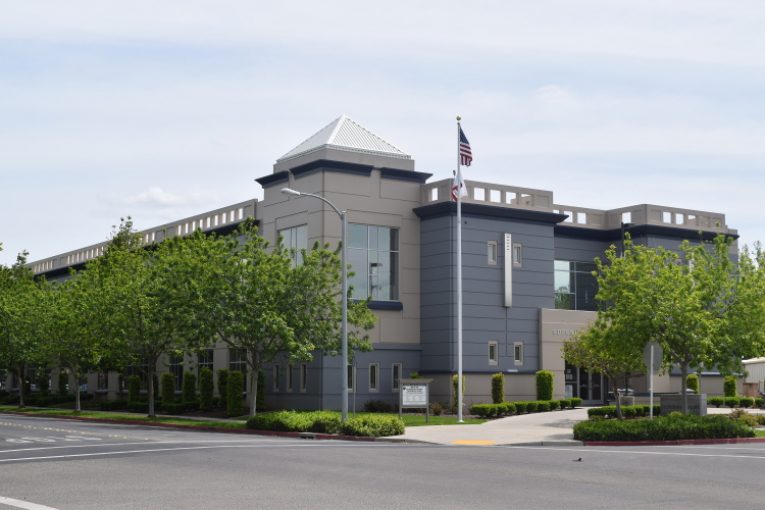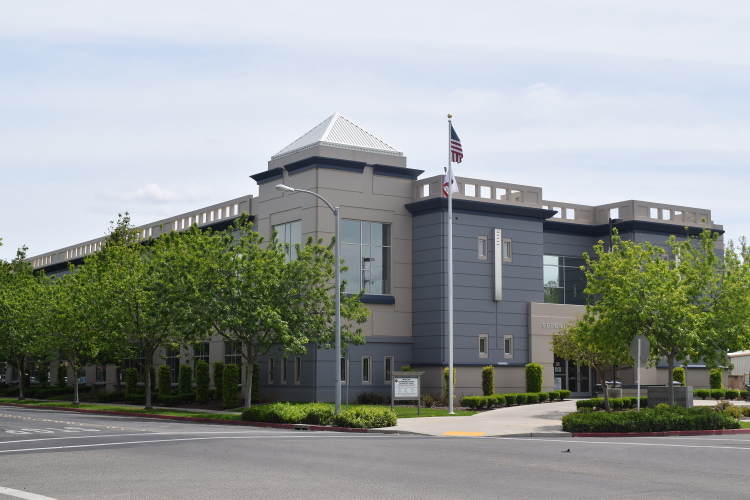

By Gwynneth Redemann
MERCED, CA – The trial continued here in Merced County Superior Court Tuesday involving two burned bodies and a torched car in Merced – and an expert witness testified to finding multiple fingerprints on the various pieces of evidence found near the crime scene, including those of Monico Pena.
According to the expert witness, D. Parteed, who analyzed the various prints found on the evidence at a residence near the crime scene, Pena’s “patent” right thumbprint was found on the bat imprinted into a red substance.
At an earlier stage in the trial, it was determined that one of the bodies recovered had sustained blunt force injuries to the face, fracturing the victim’s nose and cheekbones.
Although the doctor who testified previously said he was unable to tell exactly what weapon had been used to inflict the trauma to the victim, he speculated that it could have been a hammer or a bat.
Deputy District Attorney Matthew Serratto went into great detail with D. Parteed to establish his expertise in fingerprint analysis and the process by which the fingerprints found at the crime scene were examined.
According to the expert witness, he had compared approximately one to two million fingerprint samples throughout his career and had processed several hundred thousand. He then went on to explain the processes by which these fingerprints are examined.
D. Parteed explained how fingerprints are very unique and are thus examined by looking at the different patterns and flow ridges. He also looks for eight clear matching points between the samples to determine that the fingerprint does belong to that individual.
He also went on to describe the different types of fingerprints: latent or patent. Latent prints are prints that are not visible and require more extensive analyzing techniques. Patent prints, on the other hand, are visible prints and don’t require as extensive technology to compare with the sample.
DDA Serratto then asked D. Parteed, “what makes a print usable?”
D. Parteed stated that “To establish that ‘no, this person did not make this print’ or ‘yes, this individual did make this latent print,’ primarily for the purposes of identification, it would have to have clear enough ridge detail, that could come to that conclusion.”
The DDA then asked the expert witness directly, “Did you find any fingerprints matching Monico Pena’s fingerprints?”
D. Parteed stated, “Yes, a patent print on the baseball bat matches the right thumb of Monico Pena, and explained how the “red color stain made it a bit easier to see” the patent print clearly.
According to his expertise, the fingerprint looked to be pressed into the substance on the bat, indicating that the red stain came before his imprint on the upper part of the bat.
DDA Serratto asked D. Parteed whether the print on the bat could have hypothetically come from the force of beating someone with a bat.
D. Parteed indicated that it would not require more force than simply touching the substance on the bat to create that print. He stated, “the activity I cannot be specific on. All I know is that Pena’s finger touched that item.”
The defense attorney, Preciliano Martinez, questioned whether the blood could have come after a hypothetical beating, in which the defendant simply picked up the bat after an incident.
Again, D. Parteed reiterated that he did not know the activity, but stated, “if that print would have dried, it would have probably not have been left in the way that it was,” indicating that the blood was fresh whenever the print was made.
In addition to Pena’s prints, others were found on the evidence but D. Parteed was unable to say for certain that they belonged to the various suspects. D. Parteed stated that one, in particular, had about six clear points that matched with the sample, but not the eight necessary to find the latent print conclusive.
According to D. Parteed, there were multiple latent prints from Heliodoro, Gerardo, and Salvador Silva on the pieces of evidence. After more than an hour of testifying, the expert witness was finally excused.
The next witness, (a Sergeant whose name was unclear on Zoom), testified to finding various pieces of evidence including a 1911 Colt pistol, rope, Gerardo Silva’s birth certificate, and more, in the southeast bedroom of a second residence, a few days after the house was initially searched.
It was unclear as to how the entire residence was searched, but these pieces of evidence were not obtained. The sergeant said that the residence should have been secured, so the evidence could not have been placed there in the following days.
Finally, DDA Serratto called Senior Criminalist James Hamiel to testify about the firearm obtained at the residence and the casings found at the crime scene.
Hamiel, who is a firearms examiner, documented the conditions of the 1911 Colt pistol and tested the firearm.
After explaining his evaluation of the firearm and its cartridge cases, using a comparison microscope, he stated “in doing this comparison I saw significant amounts of correspondence and agreement with the detail transferred between the two cartridge cases, the one that [he] test-fired in the pistol, and one that [he] received as evidence.”
He continued, “In my opinion, based on that level of correspondence, I saw that those cartridge cases had been fired from that pistol,” linking the evidence found at the raided residence to the scene of the crime where the two victims were burned.
The trial is ongoing and set to continue on Nov 3.

